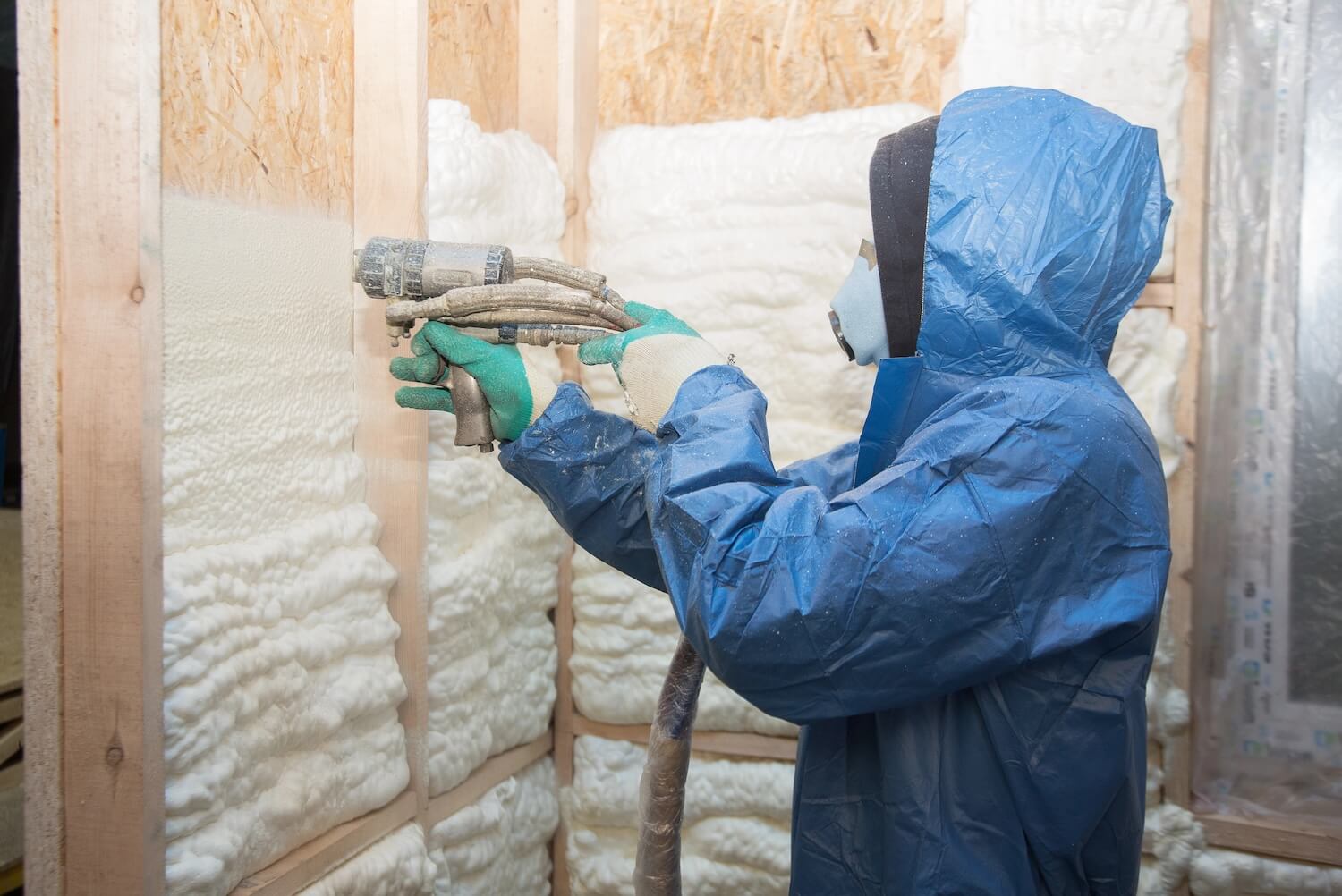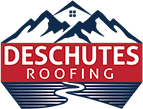As energy costs rise and homeowners look for ways to reduce their carbon footprint, many wonder if wall insulation is a worthy investment. Insulating your walls is often touted as one of the most cost-effective and impactful home improvements, promising to lower energy bills, enhance comfort, and contribute to sustainability. But how much will it cost, what are the tangible benefits, and is it worth it in the long run?
This article dives into the numerous advantages, costs, and considerations that come with wall insulation. By the end, you should have a clearer understanding of whether wall insulation is the right choice for your home.

1. Understanding Wall Insulation
Wall insulation involves adding a layer of material within the walls of your home to slow down the transfer of heat. This helps maintain indoor temperatures by preventing heat from escaping during the winter or entering during the summer. There are various types of wall insulation, each with its advantages and specific use cases.
Types of Wall Insulation
There are several building options available when it comes to insulating your walls. These include:
- Batt Insulation: This is a common type made from fiberglass, mineral wool, or cotton, designed to fit snugly between wall studs. It’s one of the more affordable options.
- Blown-In Insulation: Usually made from cellulose or fiberglass, blown-in insulation is applied using a machine that “blows” the loose material into wall cavities. This method is particularly effective for filling gaps and spaces where batt insulation might be difficult to install.
- Spray Foam Insulation: As a high-performance option, spray foam insulation is a liquid that expands into foam, filling cracks and sealing gaps that other types of insulation might miss. It provides both insulation and an airtight seal, making it one of the most effective—but also one of the more expensive—options.
Each of these types of insulation has different installation methods, costs, and levels of effectiveness, depending on your home’s structure and needs. Choosing the right type for your specific situation can have a significant impact on your overall return on investment.
2. Breaking Down the Costs of Wall Insulation
The cost of wall insulation is often the biggest factor when homeowners weigh whether it’s worth the investment. The upfront expense depends largely on the type of insulation chosen, the size of the home, and whether the project is a DIY or professional installation. Here’s a detailed breakdown:
Material Costs
Different types of insulation come with varying price points:
- Batt Insulation: This is generally the most affordable option, costing between $0.60 to $1.00 per square foot for materials. Installation can add to the overall cost if you hire professionals.
- Blown-In Insulation: Slightly more expensive, blown-in insulation costs between $1.00 and $1.50 per square foot. However, its ability to cover hard-to-reach areas may offer better value for homes with uneven walls or inaccessible spaces.
- Spray Foam Insulation: This premium option ranges from $2.00 to $3.00 per square foot, making it the most expensive. However, it’s also the most effective at sealing gaps and providing comprehensive insulation.
- Rigid Foam Panels: Rigid panels cost between $1.00 and $2.00 per square foot, and they are often used in spaces with limited room for thick insulation materials.
Labor Costs
If you choose to have a professional install the insulation, labor can represent a significant portion of the total cost. For batt and blown-in insulation, labor costs can range from $1,000 to $3,000, depending on the size and complexity of the job. Spray foam installation, due to its complexity, typically requires specialized equipment and expertise, which adds to the labor cost.
While DIY installation may seem like a more affordable route, it’s essential to weigh the pros and cons. Incorrect installation can lead to gaps and inefficiencies, diminishing the insulation’s effectiveness and reducing potential energy savings. In many cases, hiring professionals ensure that the insulation is installed properly, maximizing its efficiency and lifespan.
3. Energy Savings: The Long-Term Financial Benefits
A key reason for installing wall insulation is the potential for significant energy savings. According to the U.S. Department of Energy, heating and cooling account for about 50% of the average home’s energy use. Walls without proper insulation allow heat to escape during the winter and let heat in during the summer, making your HVAC system work harder to maintain a comfortable temperature. By insulating your walls, you can reduce the need for excessive heating and cooling, leading to lower energy bills.
Annual Savings on Energy Bills
The amount of energy savings you can expect depends on several factors, including the type of insulation, the climate you live in, and the size of your home. On average, homeowners can save anywhere from 15% to 40% on their heating and cooling bills by adding wall insulation.
Let’s break this down with an example:
- If you spend $2,000 a year on heating and cooling, insulating your walls could save you between $300 and $800 annually.
- Over ten years, those savings would amount to $3,000 to $8,000, depending on the efficiency of your insulation and your home’s specific needs.
For larger homes or homes in extreme climates (either very hot or very cold), the savings could be even more significant.
Insulation as a Long-Term Investment
When evaluating the cost of insulation, it’s helpful to think of it as a long-term investment rather than a one-time expense. Although the initial outlay may seem substantial, the reduction in energy costs will continue to add up year after year, making it a highly effective way to increase your home’s efficiency and reduce your energy consumption.
For many homeowners, the home energy savings alone can justify the expense within 3 to 5 years. Given that most insulation lasts for decades (some, like spray foam, can last up to 80 years), the return on investment continues long after the initial payback period.
4. Impact on Home Value
One often overlooked aspect of wall insulation is its effect on your home’s resale value. With more buyers looking for energy-efficient homes, investing in insulation can make your home more attractive to potential buyers and increase its market value.
Energy Efficiency as a Selling Point
Homes with proper insulation are seen as more efficient and environmentally friendly, which is a growing priority for many buyers. Energy-efficient homes often sell faster and at higher prices than homes that aren’t upgraded. Features like insulation can be a selling point, especially in competitive markets where buyers are looking to lower their long-term living expenses.
Return on Investment from Increased Property Value
While insulation’s primary value comes from energy savings, it can also contribute to a higher resale price. Studies have shown that energy-efficient home improvements can recoup as much as 70% to 100% of their cost at resale. For example, if you spend $3,000 on wall insulation, you might see your home’s value increase by as much as $2,100 to $3,000—effectively allowing you to break even on the investment.
5. Enhanced Comfort and Indoor Environment
Wall insulation doesn’t just save money—it also enhances your living environment by making your home more comfortable year-round. Insulation helps maintain consistent indoor temperatures, reduce drafts, and improve overall air quality.
More Consistent Indoor Temperatures
Without insulation, certain parts of your home may feel much colder or warmer than others, especially near exterior walls or in rooms located on the upper floors. Wall insulation helps to even out these temperature discrepancies, creating a more comfortable and consistent indoor climate.
This can be particularly beneficial in areas with extreme weather. In winter, properly insulated walls keep warmth inside, reducing the need for extra heating, while in summer, insulation helps to block out heat, lessening the need for air conditioning.
Noise Reduction
Another benefit of wall insulation that’s often overlooked is its ability to reduce noise pollution. If you live in a noisy neighborhood or near a busy road, insulating your walls can help block out external noise. Similarly, insulation can dampen sound between rooms, making it a valuable addition if you have a large household or noisy activities taking place in different parts of your home.
Improved Air Quality
Good insulation can also improve your home’s air quality by sealing gaps and preventing outside air (which may contain allergens, pollutants, or moisture) from entering. This is especially important in regions with high humidity or pollution levels. By keeping your home’s interior more sealed, wall insulation can help reduce the risk of mold, mildew, and other contaminants that could otherwise infiltrate your living spaces.
6. The Environmental Impact of Wall Insulation
In an increasingly eco-conscious world, many homeowners are concerned not just about their wallets but also about the environmental impact of their homes. Insulating your walls is one of the most effective ways to reduce your home’s carbon footprint.
Lower Energy Consumption
As previously mentioned, wall insulation significantly reduces the need for heating and cooling, which in turn lowers energy consumption. By decreasing your reliance on electricity or natural gas, you’re also reducing the emissions generated by these energy sources. Over time, this reduction in energy use can have a meaningful impact on your overall carbon footprint.
Sustainable Insulation Materials
If environmental sustainability is a priority for you, there are insulation materials that are made from recycled or eco-friendly materials. For instance, cellulose insulation is often made from recycled paper, while some types of spray foam are available in eco-friendly formulas that have a lower environmental impact.
Supporting Green Building Initiatives
Installing insulation is a key component of green building practices. If you’re interested in making your home more sustainable or earning green building certifications, insulation is a crucial step toward achieving those goals. Even if you’re not seeking formal certification, improving your home’s energy efficiency through insulation can contribute to a broader culture of sustainability.
Conclusion: Is Wall Insulation Worth the Investment?
Given the potential energy savings, improved comfort, enhanced home value, and positive environmental impact, wall insulation is undeniably a worthwhile investment for most homeowners. While the initial costs may seem steep, the long-term benefits—both financial and otherwise—make it a smart decision for improving the efficiency, comfort, and value of your home.
Whether you’re planning to stay in your home for decades or sell shortly, wall insulation offers a range of advantages that pay off in the short and long term. By choosing the right insulation materials and ensuring proper installation, you can enjoy a more comfortable, energy-efficient home while also contributing to a more sustainable future.










